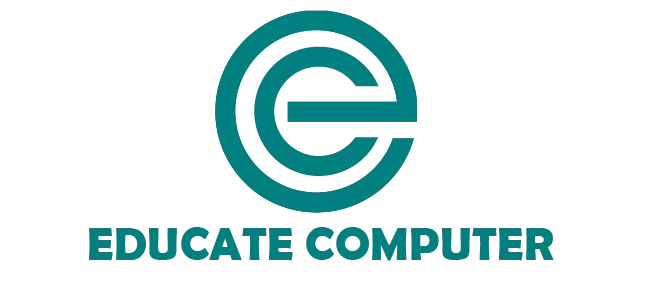Nowadays communication has gone beyond just writing or talking. We now use multimedia messages such as combining text, images, audio, and video to share our thoughts and ideas. These types of messages are not only more exciting to send and receive but they also help us understand each other better.
Define Multimedia Message
Multimedia messages are messages that include more than just text. They can contain images, videos, audio clips, and sometimes GIFs or documents. These messages allow people to share richer, more engaging content compared to simple text messages. Multimedia messages are often sent using MMS (Multimedia Messaging Service) on mobile phones.
Components of Multimedia Messages
Multimedia messages are made up of different parts that work together to create a more complete and interesting message. Let’s break down these parts:
- Text: Text is the basic element of most messages. It provides the main information we want to share. Whether it’s a quick “hello” or a detailed explanation, text is the starting point of any multimedia message.
- Images: An image can express what words sometimes cannot. Pictures in multimedia messages can show emotions, explain ideas, or capture special moments instantly. They make our messages more colourful and easier to understand.
- Audio: Sound adds a new layer to our messages. Whether it’s a voice message, background music, or sound effects. It helps to convey the tone and feeling of what we’re sharing. It makes communication feel more personal and engaging.
- Video: Videos are powerful because they combine text, images, and audio into one. They’re great for storytelling. They show how to do something, or share experiences in a way that feels real and immediate. For example: instead of just telling someone about a vacation, a video can show them the sights and sounds. It made them feel like they were there too.
Types of Multimedia Messages
There are different kinds of multimedia messages, each designed for a specific purpose or platform:
1. SMS vs. MMS
SMS (Short Message Service) is used for sending text-only messages. While MMS (Multimedia Messaging Service) allows us to include images, audio, and video in our messages. We use MMS when we want to share more than just words.
2. Social Media Posts
Social media platforms like Instagram, Facebook, and Twitter are all about multimedia. Posts that combine text with images, videos, or GIFs are more likely to catch people’s attention and get them to interact.
3. Email Attachments
In emails, we often include multimedia attachments like photos, videos, or audio files. This is especially useful in both personal and work-related communication, where visuals or detailed explanations are needed.
Uses of Multimedia Messages
Multimedia messages are very versatile and can be used in many different situations:
Personal Communication: We use multimedia messages to share photos, videos, and voice notes with our friends and family. This makes our conversations more lively and helps us connect on a deeper level. For example: sending a video of a child’s first steps to grandparents makes the moment special for everyone involved.
Marketing and Advertising: Businesses use multimedia messages to create eye-catching marketing campaigns. By combining text, images, and videos. They can attract customers’ attention and encourage them to take action like buying a product or signing up for a service.
Education and Training: In schools and training programs, multimedia messages are used to share lessons, tutorials, and other learning materials. This makes learning more engaging and helps students remember the information better.
Advantages of Multimedia Messages
There are many benefits to using multimedia messages:
Enhanced Engagement: Multimedia content grabs and holds the audience’s attention more effectively than text alone. The mix of visuals and sounds makes the message more interesting and easier to remember.
Improved Information Retention: People tend to remember information better when it’s presented in a multimedia format. For example: a video explaining a concept is often more memorable than reading about it.
Versatility in Communication: Multimedia messages can be used in many different ways and on various platforms. Whether for chatting with friends, promoting a product, or teaching a lesson, they provide a flexible way to communicate effectively.
Challenges of Multimedia Messages
While multimedia messages have many advantages, they also come with some challenges:
- Compatibility Issues: Not all devices or platforms support every type of multimedia content. Sometimes, the person receiving the message might not be able to see or hear it as it was intended.
- Data Usage Concerns: Multimedia messages especially those with videos or high-quality images, can use a lot of data. This can be a problem for people with limited data plans or slow internet connections.
- Privacy and Security Risks: Sharing multimedia content can sometimes pose risks to privacy and security. It’s important to ensure that the content is sent safely and only to the intended recipient, especially when it contains sensitive information.
Applications of MMS
Personal Use: We often use MMS to share photos and videos with friends and family. It makes our conversations more fun and meaningful.
Commercial Use: Businesses use MMS for marketing, like sending promotional messages or advertisements. It keeps customers engaged and interested.
Educational Use: Teachers and trainers use MMS to send multimedia content. It makes learning more interactive and easier to understand.
Also Read:
